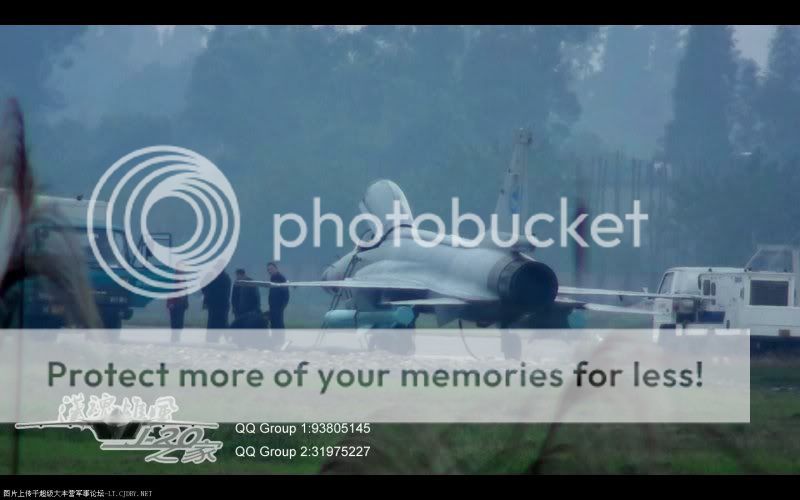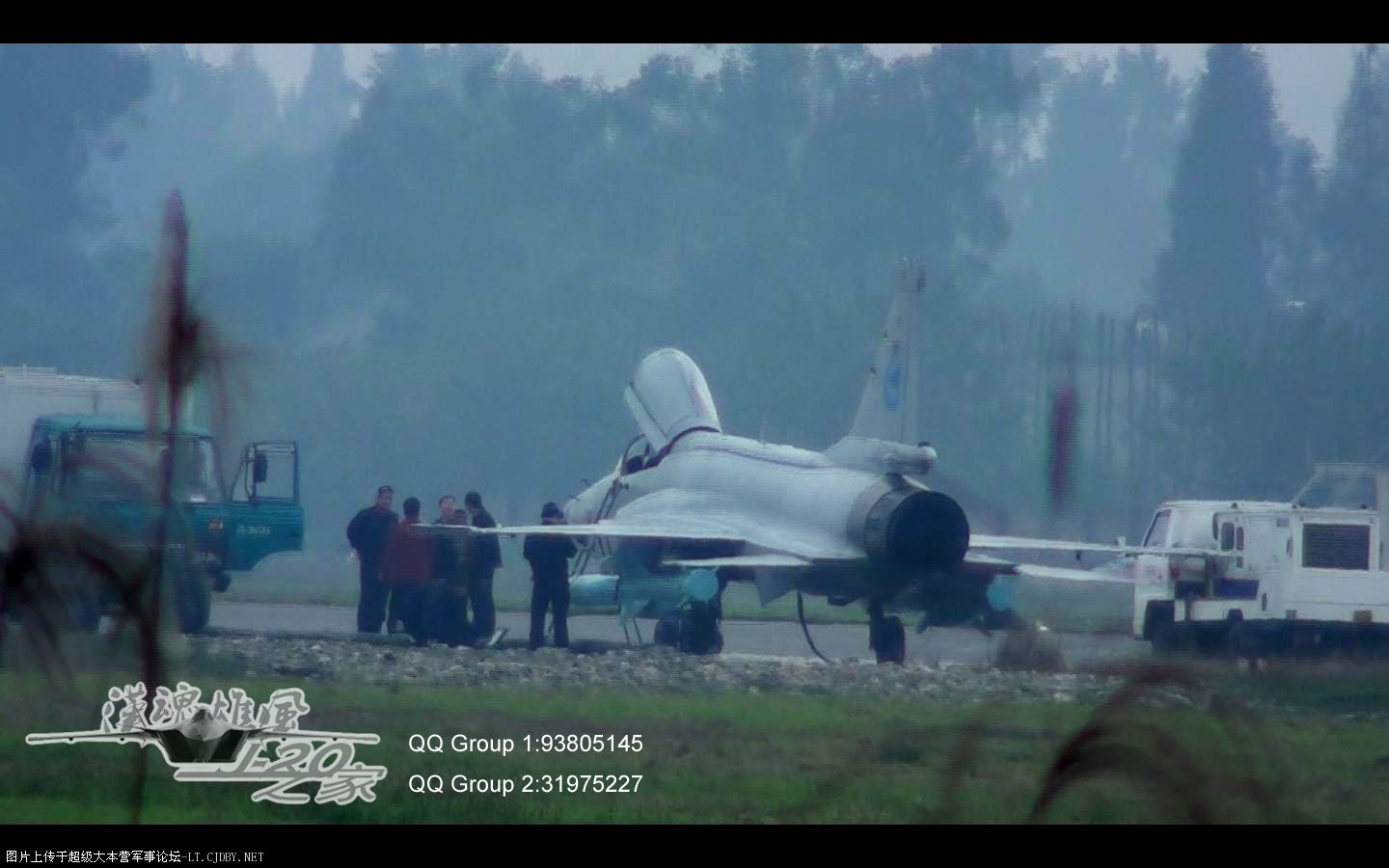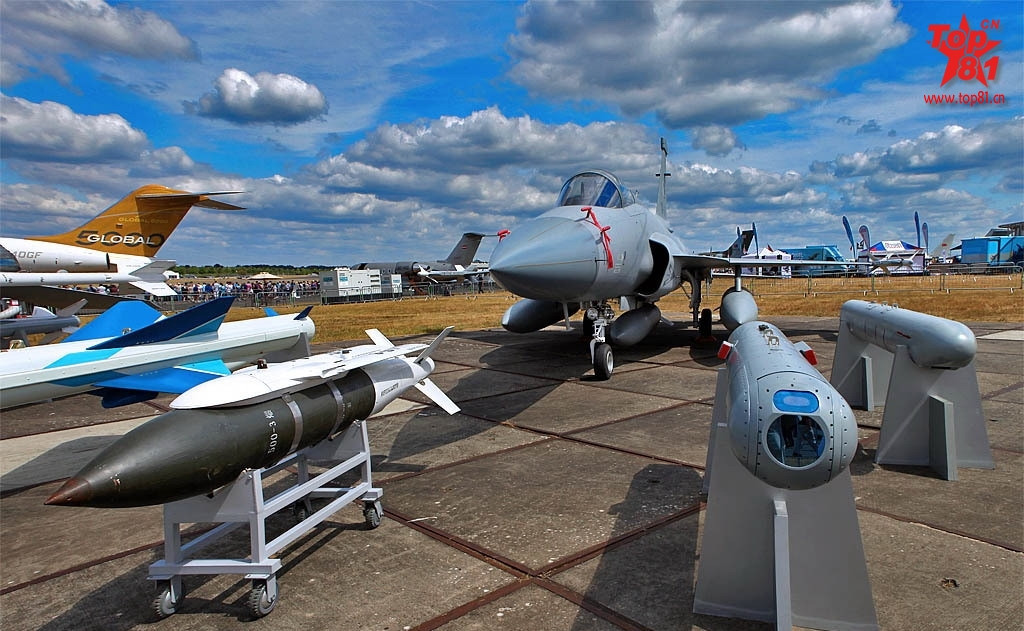How to install the app on iOS
Follow along with the video below to see how to install our site as a web app on your home screen.
Note: This feature may not be available in some browsers.
You are using an out of date browser. It may not display this or other websites correctly.
You should upgrade or use an alternative browser.
You should upgrade or use an alternative browser.
JF-17 with YJ83K ASM -Naval role
- Thread starter HAIDER
- Start date
Lankan Ranger
ELITE MEMBER

- Joined
- Aug 9, 2009
- Messages
- 12,550
- Reaction score
- 0
farhan_9909
PROFESSIONAL

- Joined
- Oct 21, 2009
- Messages
- 8,986
- Reaction score
- 10
- Country
- Location
Sir the missile is C-802A nt the C-803/Yj83
pic of the c-802a..note only mid wings are longer and the bottom are short in the c-802a

---------- Post added at 11:27 AM ---------- Previous post was at 11:25 AM ----------
and this is the c803 aka yj83..note the wing difference

pic of the c-802a..note only mid wings are longer and the bottom are short in the c-802a

---------- Post added at 11:27 AM ---------- Previous post was at 11:25 AM ----------
and this is the c803 aka yj83..note the wing difference

Emmie
RETIRED MOD

- Joined
- Apr 23, 2011
- Messages
- 5,756
- Reaction score
- 8
- Country
- Location
This is what Pakistan was using before, short range AM-39 antiship cruise missile.
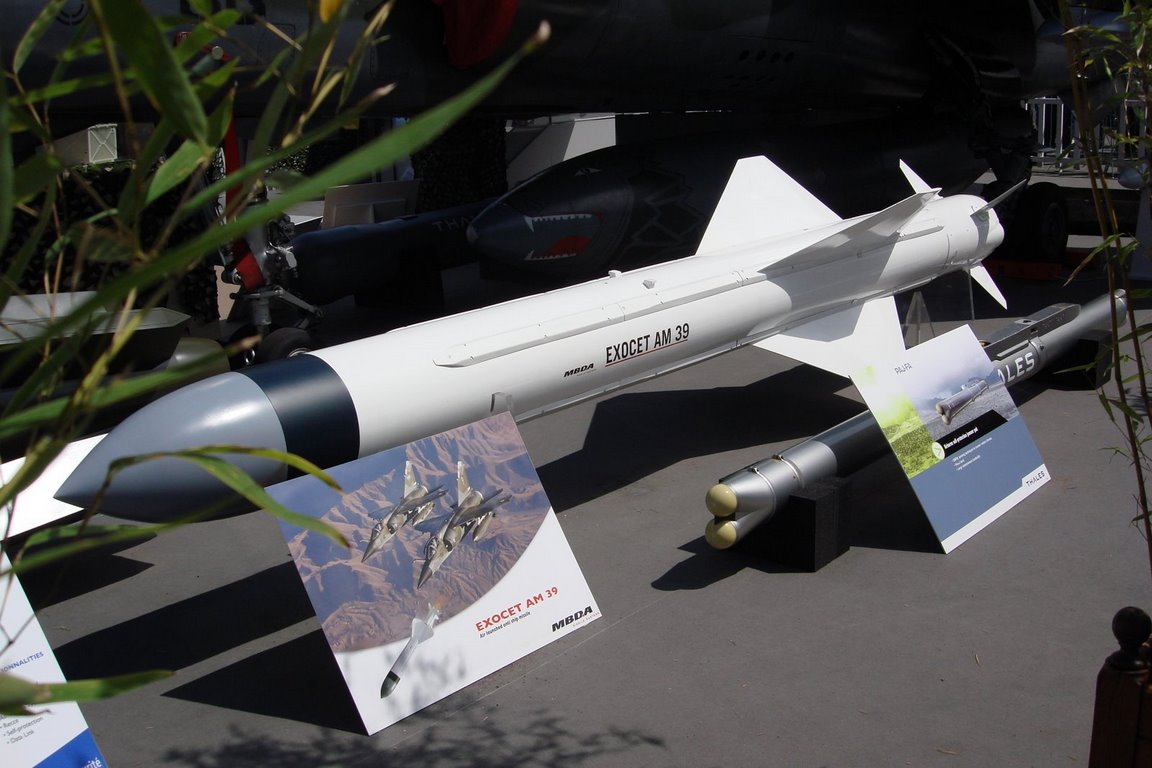
Now its JFT which carries two C-802A antiship cruise missiles for the maritime strikes whereas in past it was Mirage-VPA3 who could carry single short range AM-39.
C-802A aka Yingji-82 or YJ-82
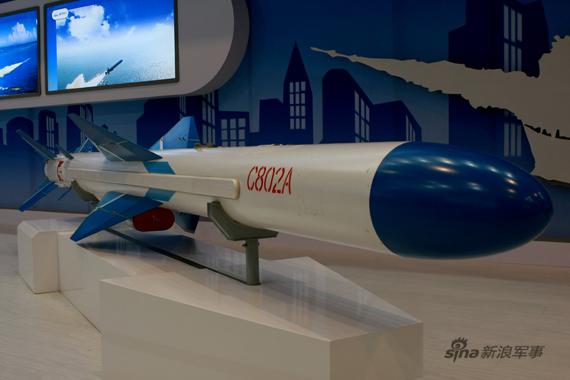

Now its JFT which carries two C-802A antiship cruise missiles for the maritime strikes whereas in past it was Mirage-VPA3 who could carry single short range AM-39.
C-802A aka Yingji-82 or YJ-82

DESERT FIGHTER
ELITE MEMBER

- Joined
- Jan 1, 2010
- Messages
- 46,903
- Reaction score
- 95
- Country
- Location
Who cares both are operational with Pakistan defence Forces!
C-803,C-802A!
C-803,C-802A!
Emmie
RETIRED MOD

- Joined
- Apr 23, 2011
- Messages
- 5,756
- Reaction score
- 8
- Country
- Location
Who cares both are operational with Pakistan defence Forces!
C-803,C-802A!
Absolutely sir we have both of them but JFT doesn't use C-803, PN operates C-803 missiles in Khalid class Agosta 90B submarine.
We needed to replace VPA3 with JFT so now JFT with C-802A is like bingo!!
Penguin
ELITE MEMBER

- Joined
- Jan 11, 2009
- Messages
- 13,047
- Reaction score
- 56
I am sorry to say that the bottom picture actually is a Republic of China (Taiwanese) Hsiung-Feng II AShM rather than a Peoples Republic of China YJ-83(K) AShM...Sir the missile is C-802A nt the C-803/Yj83
pic of the c-802a..note only mid wings are longer and the bottom are short in the c-802a

---------- Post added at 11:27 AM ---------- Previous post was at 11:25 AM ----------
and this is the c803 aka yj83..note the wing difference

and, it is NAVAL role (a navel role is something very different... ;-)
DESERT FIGHTER
ELITE MEMBER

- Joined
- Jan 1, 2010
- Messages
- 46,903
- Reaction score
- 95
- Country
- Location
Penguin.. what r the propects of C-803 being used by JF-17? can u kindly tell us about it.
Anyways.. Eid mubarak my frnd!
Anyways.. Eid mubarak my frnd!
Penguin
ELITE MEMBER

- Joined
- Jan 11, 2009
- Messages
- 13,047
- Reaction score
- 56
This is what Pakistan was using before, short range AM-39 antiship cruise missile.
Now its JFT which carries two C-802A antiship cruise missiles for the maritime strikes whereas in past it was Mirage-VPA3 who could carry single short range AM-39.
I think - but I may be mistaken - that the initial picture shows a Chinese aircraft rather than a PAF aircraft (i.e. factory testing. If so, it is not a given PAF has adopted (ordered or even received) c-803s.
In relation to the AM-39, that - like the surface launch MM-38 and MM40 as well as the sub-launch SM-39 - still is a rocket powered Exocet. Its solid propellant engine gives the Exocet a maximum range of 70 kilometres (43 mi; 38 nmi). On the Block 3 MM40, the solid-propellant engine was replaced with a solid-propellant booster and a turbojet sustainer engine which extends the range to 180 kilometres (110 mi; 97 nmi).
Block 3 includes four air intakes to provide continuous airflow to the engine during high-G maneuvers. IT accepts GPS guidance system waypoint commands, which allow them to attack naval targets from different angles and to strike land targets, giving them a marginal role as a land-attack missile. It also is lighter than the previous MM40 Block 2 Exocets.
An initial 45 MM40 Block 3 Exocets were ordered by the French Navy at the end of 2008. These are not new productions but conversions of Block 2 missiles. The first firing of the Block 3 from a warship took place in early March 2010. Six other navies besides the French Navy ordered block 3 missiles.
Given that the French MM40 block 3s are conversions from earlier MM40s, without any change in external dimensions but lighter, it may well be possible to convert AM-38s and/or SM-39s in a similar fashion. That could potentially be more cost effective for PN, at least as far as its current Exocet capable platforms (Mirage 5, Agosta 90B, Brequet Atlantic are concerned, than switching to Chinese C-802/3. As far as the JF-17/FC-1 is concerned, however, it may be more cost-effective to adopt these Chinese missiles on any new-built aircraft.
http://weapons.technology.youngester.com/2010/04/mm40-block-3-missiles-for-quatar.html
http://www.netmarine.net/armes/exocet/index.htm
http://www.acig.org/artman/publish/article_425.shtml
AM-39 Exocet

Emmie
RETIRED MOD

- Joined
- Apr 23, 2011
- Messages
- 5,756
- Reaction score
- 8
- Country
- Location
I think - but I may be mistaken - that the initial picture shows a Chinese aircraft rather than a PAF aircraft (i.e. factory testing. If so, it is not a given PAF has adopted (ordered or even received) c-803s.
In relation to the AM-39, that - like the surface launch MM-38 and MM40 as well as the sub-launch SM-39 - still is a rocket powered Exocet. Its solid propellant engine gives the Exocet a maximum range of 70 kilometres (43 mi; 38 nmi). On the Block 3 MM40, the solid-propellant engine was replaced with a solid-propellant booster and a turbojet sustainer engine which extends the range to 180 kilometres (110 mi; 97 nmi).
Block 3 includes four air intakes to provide continuous airflow to the engine during high-G maneuvers. IT accepts GPS guidance system waypoint commands, which allow them to attack naval targets from different angles and to strike land targets, giving them a marginal role as a land-attack missile. It also is lighter than the previous MM40 Block 2 Exocets.
An initial 45 MM40 Block 3 Exocets were ordered by the French Navy at the end of 2008. These are not new productions but conversions of Block 2 missiles. The first firing of the Block 3 from a warship took place in early March 2010. Six other navies besides the French Navy ordered block 3 missiles.
Given that the French MM40 block 3s are conversions from earlier MM40s, without any change in external dimensions but lighter, it may well be possible to convert AM-38s and/or SM-39s in a similar fashion. That could potentially be more cost effective for PN, at least as far as its current Exocet capable platforms (Mirage 5, Agosta 90B, Brequet Atlantic are concerned, than switching to Chinese C-802/3. As far as the JF-17/FC-1 is concerned, however, it may be more cost-effective to adopt these Chinese missiles on any new-built aircraft.
Weapon and Technology: MM40 Block 3 Missiles for Quatar
Exocet MM40
DEFEXPO 2004 - Part 10
AM-39 Exocet

Very good analysis sir, especially this part..
Given that the French MM40 block 3s are conversions from earlier MM40s, it may well be possible to convert AM-38s and/or SM-39s in a similar fashion. That could potentially be more cost effective for PN, as far as its current Exocet capable platforms (Mirage 5, Agosta 90B, Brequet Atlantic are concerned, than switching to Chinese C-802/3. As far as the JF-17/FC-1 is concerned, it may be more cost-effective to adopt these Chinese missiles on new-built aircraft
I think - but I may be mistaken - that the initial picture shows a Chinese aircraft rather than a PAF aircraft (i.e. factory testing.
If so, it is not a given PAF has adopted (ordered or even received) c-803s.
Initial picture is of JFT PT 06, I guess... Anyway, as for as C-803 is concern it is being used by Pakistan Navy only, actually title of this thread is misleading.. PAF is inducting C-802 not C-803, so inducting C-802A is wise according to the last lines of your post..
I wonder if you or some one else could elaborate why PN is not upgrading its SM39 to Block 3 Exocets?
Doctor09
SENIOR MEMBER

- Joined
- Feb 12, 2010
- Messages
- 2,467
- Reaction score
- 0
if i am not mistaken few days back you told us that we have C-803 ..... now we are seen it on thunder ...thankshigh price asked by French. You could buy a C-802 at that price!
razgriz19
SENIOR MEMBER

- Joined
- Dec 28, 2009
- Messages
- 4,205
- Reaction score
- 0
- Country
- Location
Absolutely sir we have both of them but JFT doesn't use C-803, PN operates C-803 missiles in Khalid class Agosta 90B submarine.
We needed to replace VPA3 with JFT so now JFT with C-802A is like bingo!!
NO!
Agosta 90b carries exocet and agosta 70 are capable of carrying harpoon!
Similar threads
- Replies
- 0
- Views
- 281
- Replies
- 25
- Views
- 3K
- Replies
- 10
- Views
- 2K
Latest posts
-
PAF provides evidence of shooting down Indian Rafales
- Latest: ADNAN199057
-
India launches missile attacks on Multiple locations in Pakistan,
- Latest: ProudThamizhan
-
-
Pakistan Affairs Latest Posts
-
PAF provides evidence of shooting down Indian Rafales
- Latest: ADNAN199057
-
India launches missile attacks on Multiple locations in Pakistan,
- Latest: ProudThamizhan

